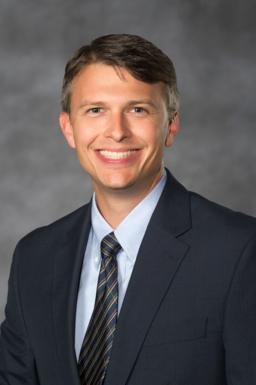Presentation Abstract: Experiments are regularly performed by researchers in many diverse fields of study ranging from agriculture and the life sciences to business and engineering, among many others, with the common objective of utilizing experimental data to obtain useful information about some system, process, organization, etc. under study. Given such widespread need for experimentation, the statistical design and analysis of experiments has become a vital tool for researchers and practitioners. In this talk, we explore experimental design in the area of bacterial metagenomics.
Complex bacterial communities surround and inhabit us and are recognized as major drivers of global biogeochemical processes. A gram of soil contains over 40 million bacterial cells; in the healthy human body 9 out of 10 cells are bacteria. Many questions remain as to how bacterial communities reflect and/or impact their surrounding environment. The challenge of identifying all bacteria present in an environment or host, let alone determining their biological roles, was unattainable until the development of metagenomics techniques. Metagenomic approaches attempt to characterize microbial communities via high-throughput sequencing of total community DNA. Like most experimental approaches, the processing of the samples introduces bias so that the relative quantities of bacteria observed are a distortion of the true community composition. This talk investigates the use of designed mixture experiments to help identify, quantitate, and mathematically model this potential bias.
Speaker Bio: David Edwards is an Associate Professor of Statistics in the Department of Statistical Sciences and Operations Research at Virginia Commonwealth University. He holds a BS in Mathematics from Virginia Tech and an MS and PhD in Statistics from the University of Tennessee. His main research interests are the design and analysis of experiments with an emphasis on screening experiments and response surface methodology. He is an Associate Editor of Technometrics and serves on the editorial boards of three other journals in the area of quality and reliability engineering. He is also a past chair of the American Statistical Association section on Quality and Productivity.


